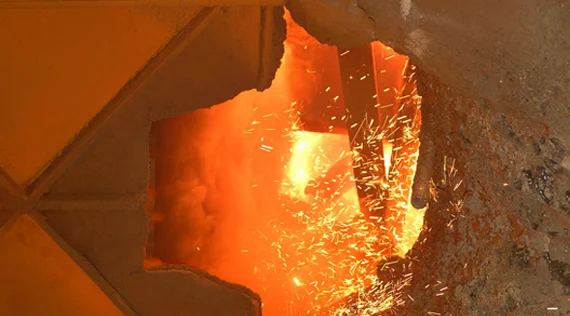
SEATTLE (Scrap Monster): The researchers from the University of Toronto have unveiled a novel steel recycling technique, which promises to cut carbon footprints of various manufacturing industries, thus delivering a circular steel economy.
The research, co-authored by Jaesuk (Jay) Paeng, William Judge and Professor Gisele Azimi, uses oxysulfide electrolyte for electrorefining. It introduces an alternative method for removing copper and carbon impurities from molten steel. The technique also produces liquid iron and sulphur as by-products.
ALSO READ:
Bureau of International Recycling Made New Appointments to its Advocacy Team
Steel Expansion Plans Threatened by Scrap Metal Export Restrictions
Within the manufacturing sector, steel industry happens to be one of the biggest contributors to carbon emissions. The current steel manufacturing process results in emission of approximately two tonnes of carbon dioxide per tonne of steel produced.
The traditional steel production from recycled material uses an electric arc furnace (EAF) to melt down scrap metal. The recycled steel products thus produced will have copper present in them, as it difficult to separate copper material from scrap prior to the melting process. The difficulty in removing copper from iron often leads to production of lower-quality steel products.
The new method puts contaminated iron that has the copper impurity as the anode of a specially designed electrochemical cell. An electromotive force is then applied, which forces reaction between copper and electrolyte. The electrolyte will remove copper from the iron when electricity is applied to the cell.



| Copper Scrap View All | |
| Alternator | 0.40 (0) |
| #1 Copper Bare Bright | 4.20 (0.03) |
| Aluminum Scrap View All | |
| 356 Aluminum Wheels (Clean) | 0.80 (-0.01) |
| 6061 Extrusions | 0.70 (-0.01) |
| Steel Scrap View All | |
| #1 Bundle | 360.00 (0) |
| #1 Busheling | 380.00 (0) |
| Electronics Scrap View All | |